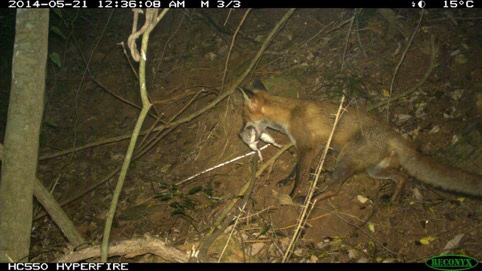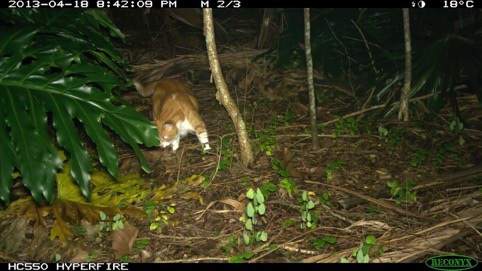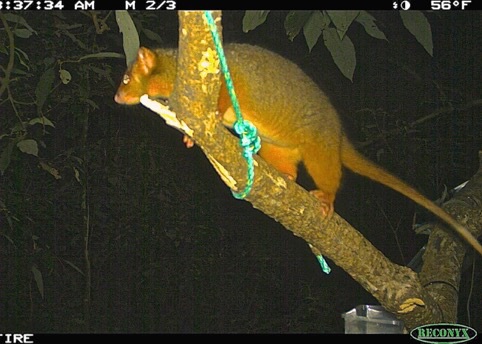During the past eight years I have been using several trail cameras around our property. This has greatly expanded my appreciation of the wildlife which lives alongside us.
Over the 44 years we have been here I have regularly seen during daytime red-necked wallabies, hares and water dragons. I have occasionally seen possums, platypus, koalas and antechinus, but the cameras have revealed a whole lot more going on during the night.
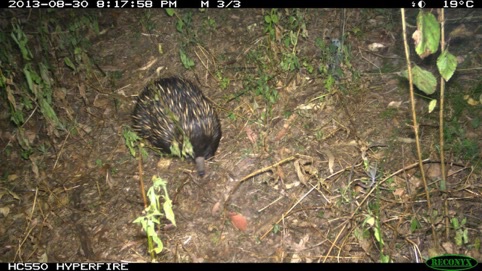
I use a number of different cameras and many of them are white and some infra-red flash. They are all triggered by infra-red. The quality of the photos has improved considerably with the most recent models taking 16 megapixel photos.
My method of viewing nightlife is to select an interesting habitat area and set a few cameras up targeting where I think the animals may have regular tracks or on branches I think might be used as perches. Transition zones between bush and open areas are another target. Every few days I swap the cards in the cameras and review them on my computer to see what I have photographed.
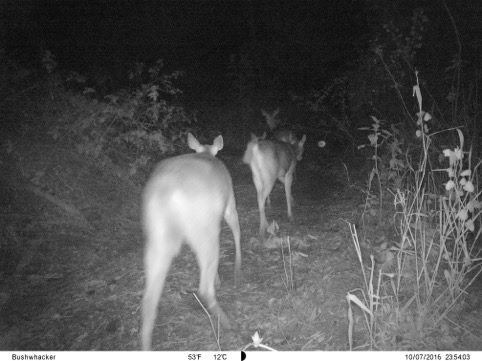
As most of our animals are nocturnal I have seen so much more than I expected. It is the insight into their night life that is interesting as they go about their normal behaviour without being frightened by my unexpected presence.
It is not just the animals.
I have found the regular habitat of a number of very cryptic birds that are seldom seen during the day. Shy species such as Russet-tailed thrushes, Noisy Pittas, Lewin’s Rails, Spotless Crakes and Little Grassbirds are usually well gone before they are seen during daytime.
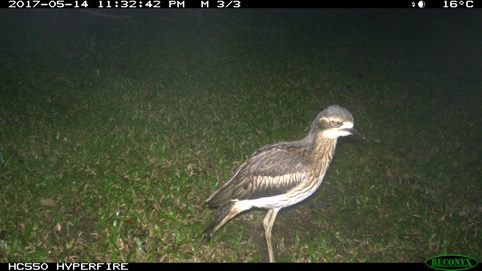
Once I have found their hangout I set up a hide and this allows me to photograph them with my good camera. I have also been able to see nocturnal birds such as Bush Stone-curlews going about the normal business instead of looking like statues as they behave during daylight.
The cameras also show me there are a lot more feral animals than I had realised. Foxes, deer, dogs, hares and cats are photographed by the trail cameras almost daily.
Here are a few more examples of the nightlife that occurs on my property:
